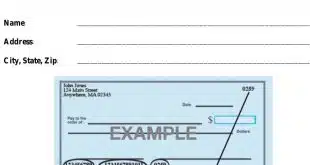Confronted with pokey EMV transactions, consumers and merchants in the United States may be eagerly looking for the contactless revolution to start. But in the United Kingdom, the wave-and-pay method is already picking up quite a head of steam.
Consumers in the U.K. performed just over 1 billion contactless transactions last year, more than tripling the volume seen in 2014, according to statistics released by Payments UK, a trade group for banks and payments processors. The 2015 contactless volume came to nearly 9% of all consumer card payments, the group’s report says.
Helping to drive wave-and-pay popularity are several factors, including the sheer number of cards with contactless capability. Some 56% of all debit cards and 38% of all credit cards contained the radio-wave technology at the end of last year. Also, public-transit systems accept contactless, driving up everyday use. And transaction-value ceilings under which contactless can now be used have gone up, encouraging more contactless payments.
Meanwhile, some 300,000 terminals across the country are capable of processing contactless transactions, according to the report. This has created a network for mobile payments using a contactless protocol called near-field communication, including Apple Pay, Samsung Pay, and now Android Pay, which went live in the U.K last week.
The soaring popularity of contactless is helping drive cash out of consumer transactions. Last year was the first ever in which cash accounted for fewer than half of all consumer payments, coming to 45%. That’s down from 64% in 2005, and Payments UK projects its share will plummet to 27% by 2025.
Contactless is seen by many as a faster and more convenient way to pay by card, especially for EMV transactions. The U.K. adopted EMV 10 years ago, while the U.S remains in the throes of an EMV rollout that began in earnest last year and has relied on a “chip-and-dip” method that consumers and merchants see as slow and cumbersome.
Contactless technology made a splash in the U.S. about 10 years ago when major issuers like JPMorgan Chase & Co. began issuing cards wired to interact with specialized terminals. But not enough terminals were deployed, and not enough cards were issued, to sustain the trend. Contactless has made a comeback with the arrival of mobile payments services, which typically rely on NFC or barcodes. Samsung Pay, indeed, uses a contactless technology called magnetic secure transmission to mimic mag-stripe swipes.
But mobile payments remains in its early stages, with widespread adoption still some time off.
The Payments UK report also included some information about the country’s Faster Payments service, which processes online and mobile transfers in real time. These transactions account for just under 3% of all consumer and business payments, or about 1.2 billion transactions annually, a proportion the group projects will increase to 5%, or 2.2 billion payments, by 2025.




